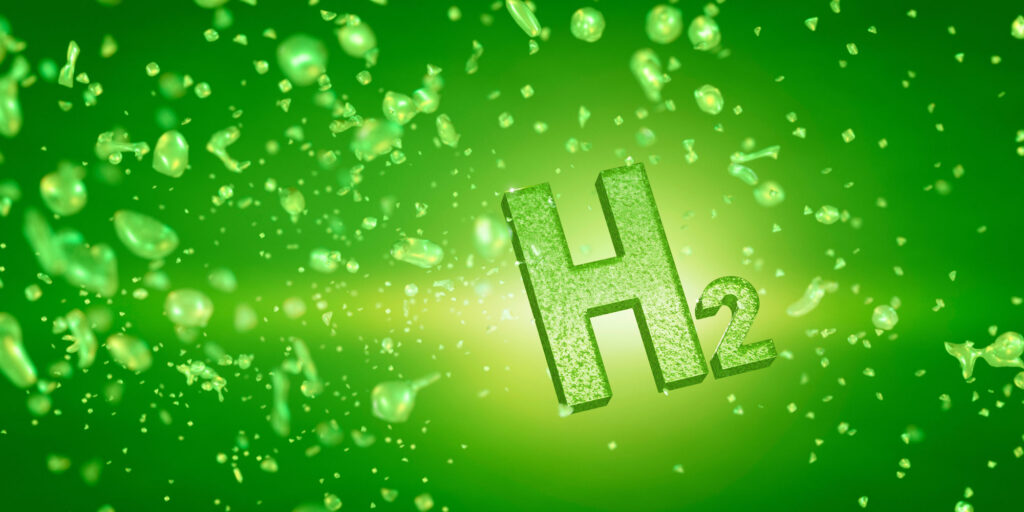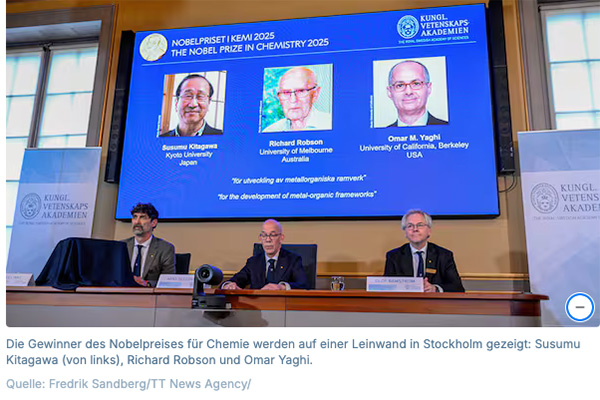Clathrates are characterised by a complex cage structure that also provides space for guest ions. Now, for the first time, a team has investigated how effective clathrates are as catalysts for electrolytic hydrogen production. The result: their efficiency and robustness are even better than those of the nickel-based catalysts currently in use. They also found an explanation for this. Measurements at BESSY II showed that the samples undergo structural changes during the catalytic reaction: the three-dimensional cage structure forms ultra-thin nanolayers that enable maximum contact with active catalytic centres. The study has been published in Angewandte Chemie.
Original publication:
“Ba-Ni-Ge Clathrate Transformation Maximizes Active Site Utilization of Nickel for Enhanced Oxygen Evolution Performance”. Ziliang Chen, Hongyuan Yang, J. Niklas Hausmann, Stefan Mebs, Viktor Hlukhyy, Holger Dau, Matthias Driess, Prashanth W. Menezes. Angewandte Chemie (2025). DOI: 10.1002/anie.202424743
28. April 2025



